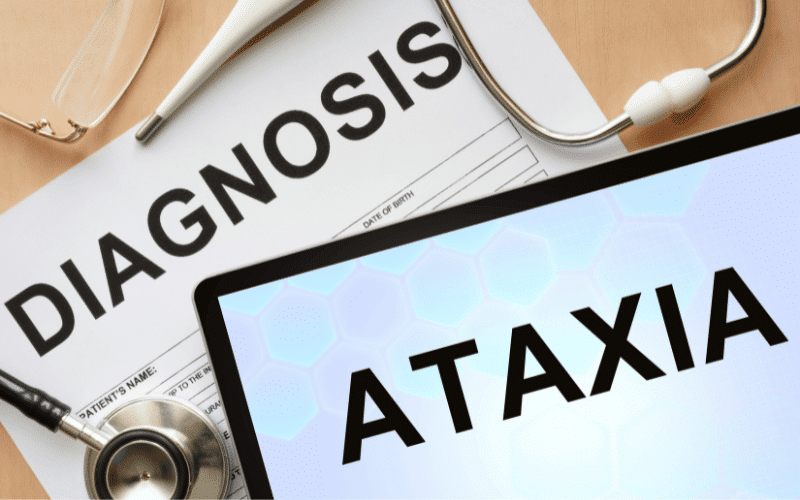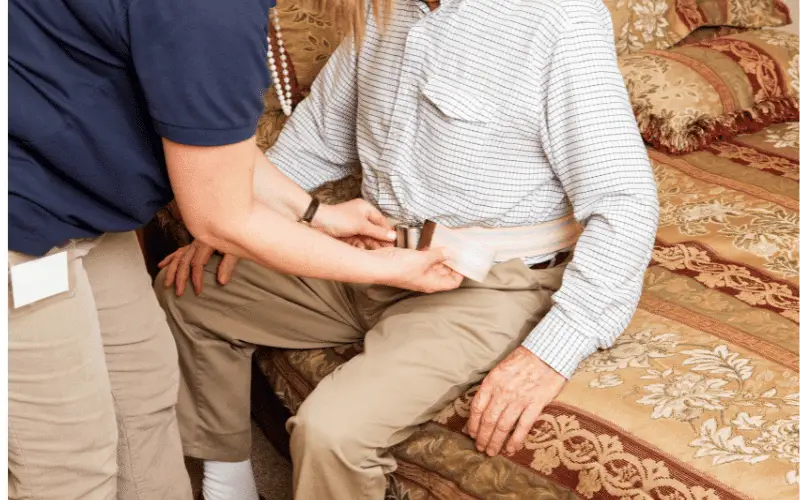Introduction: Unraveling the Mysteries of Ataxia

Ataxia, a term derived from Greek origins, literally translates to “lack of order.” But in the world of medical terminology, it’s a name given to a group of disorders that impact coordination, balance, and speech. Broadly defined, ataxia characterizes the loss of control over body movements, from the swing of an arm to the stride of a leg.
Affecting people of all ages, ataxia can originate from a myriad of conditions, ranging from certain vitamin deficiencies to more serious issues like brain tumors or cerebellar atrophy. It might be an inherited disorder, a symptom of an underlying condition, or the unfortunate side effect of some medications.
The symptoms of ataxia are often distressing and disheartening for the individuals who experience them. In some cases, they appear suddenly, escalating quickly, and in other instances, they may progress slowly over decades. Given the diversity and complexity of its forms, understanding ataxia’s symptoms is crucial to diagnosing and treating this disorder.
To facilitate early recognition and intervention, we have analyzed the most commonly observed symptoms of ataxia. This article aims to shed light on these manifestations, thereby encouraging timely medical attention and support.
Symptom 1: A Distorted Gait – The Walking Woes of Ataxia

A person’s gait, or manner of walking, is a fundamental indicator of their overall health and neurological function. For those with ataxia, their stride becomes a telling symptom of their condition. One might notice that their steps are wider apart, almost as if they’re attempting to maintain balance on an imaginary tightrope. This wide-based gait, characterized by a staggering or wobbly movement, is an initial warning sign of ataxia.
Maintaining balance becomes increasingly challenging for individuals dealing with ataxia. Simple activities like walking on a straight line, turning around, or even standing still can become arduous tasks. This unsteady gait, compounded by problems in balance, amplifies the risk of trips and falls.
Falling isn’t just about physical pain or injuries; it also brings with it emotional distress and a daunting sense of insecurity. The fear of falling can lead to decreased mobility and avoidance of physical activities, further affecting an individual’s independence and quality of life.
The distorted gait can also impact an individual’s social life. Activities like dancing or playing sports, which were once enjoyed, might become difficult or even impossible. This could lead to a feeling of exclusion and loneliness, increasing the emotional burden borne by ataxia patients.(1)